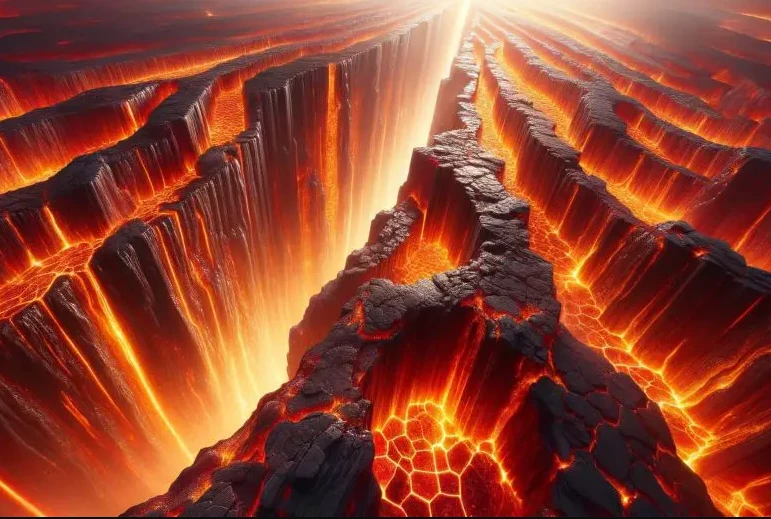
Movement of magma in a caldera
Since the 1980s, researchers have detected significant upheavals in the eastern Sierra Nevada. These include earthquakes, six of which were over 4 on the Richter scale, and ground swelling and rising by more than 1 centimeter per year.
The development is worrying because the area, called Long Valley Caldera, sits on top of a dormant supervolcano, according to Phys.org .
Long Valley Caldera is located 40 miles (64 km) east of Yosemite Valley, 220 miles (360 km) east of San Francisco, and about 250 miles (400 km) from downtown Los Angeles.
The caldera formed 760,000 years ago after a massive eruption. Scientists estimate that about 650 cubic kilometers of ash were released into the atmosphere, enough to cover the entire Los Angeles area with a layer of sediment up to 1 kilometer thick, and the hot ash spread all the way to Nebraska.
Currently, Long Valley Caldera is one of the largest volcanic calderas in the world , measuring 32 km from east to west, 18 km from north to south, and having a maximum depth of 910 m.
Researchers have long considered the risk of a super-eruption at the caldera to be "extremely low," based on evidence that lava beneath the area continues to cool.
However, in 2018, the US Geological Survey (USGS) classified Long Valley Caldera as one of three volcanoes in California that are "extremely high risk," the agency's highest warning level on its earthquake hazard scale.
So recent geological events have raised a number of important questions for scientists: What is behind the increased geological activity, and what is causing the ground deformation? Is it a sign of something more worrying?
To answer these questions, experts at the California Institute of Technology (Caltech) have recorded the most detailed images to date of what is happening inside the caldera. Thanks to modern technological equipment, they can take high-resolution images at depths of up to 10 km below the Earth's crust.
And the results are a relief. “We don’t think the area is preparing for a super-eruption. However, the cooling of the magma could release gases and fluids at levels that could trigger seismic events and small-scale eruptions,” said Zhongwen Zhan, a Caltech professor and co-author of the report.
The Caltech report was published in the journal Science Advances .
Source link


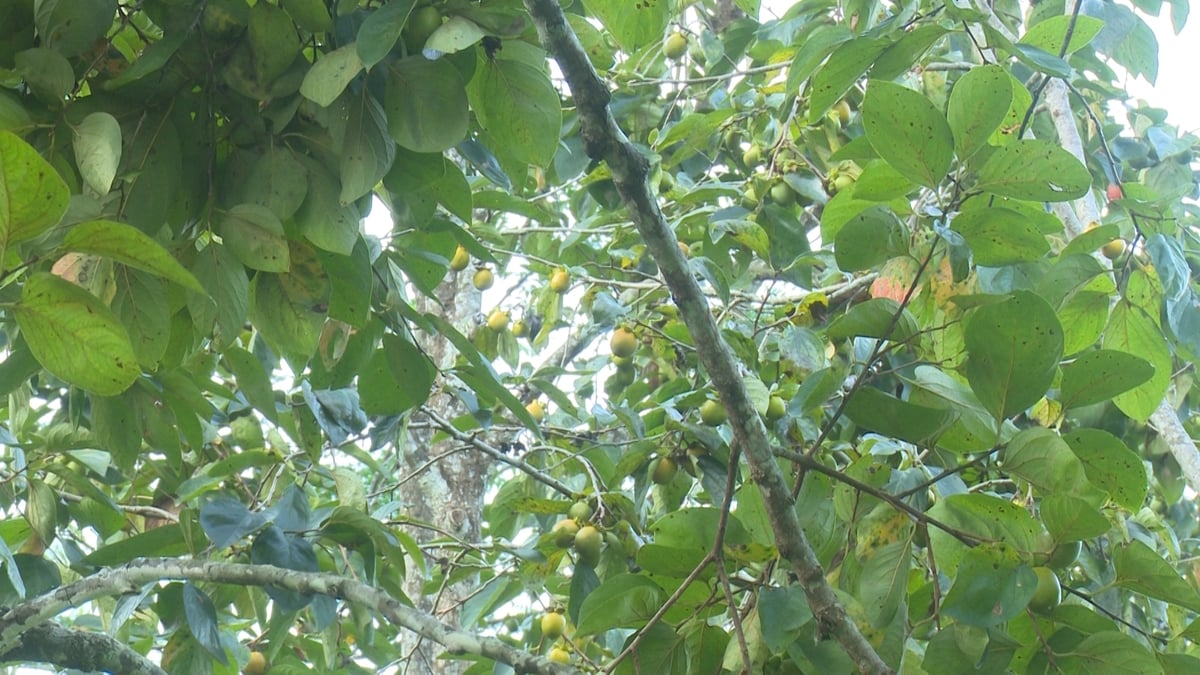




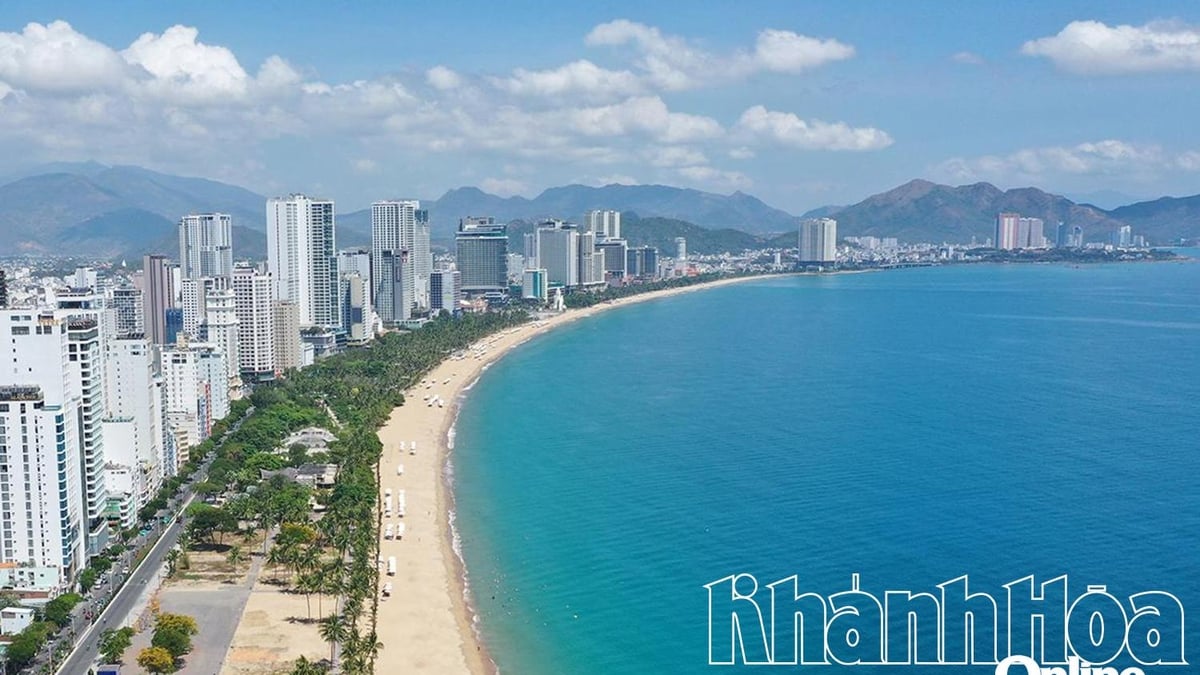












































![[Maritime News] More than 80% of global container shipping capacity is in the hands of MSC and major shipping alliances](https://vphoto.vietnam.vn/thumb/402x226/vietnam/resource/IMAGE/2025/7/16/6b4d586c984b4cbf8c5680352b9eaeb0)




















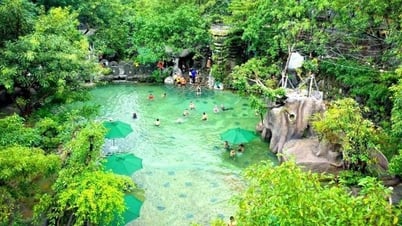

















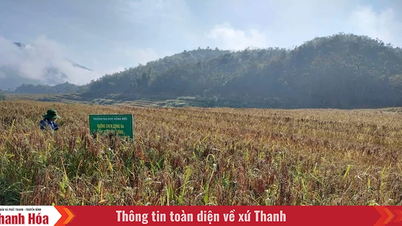



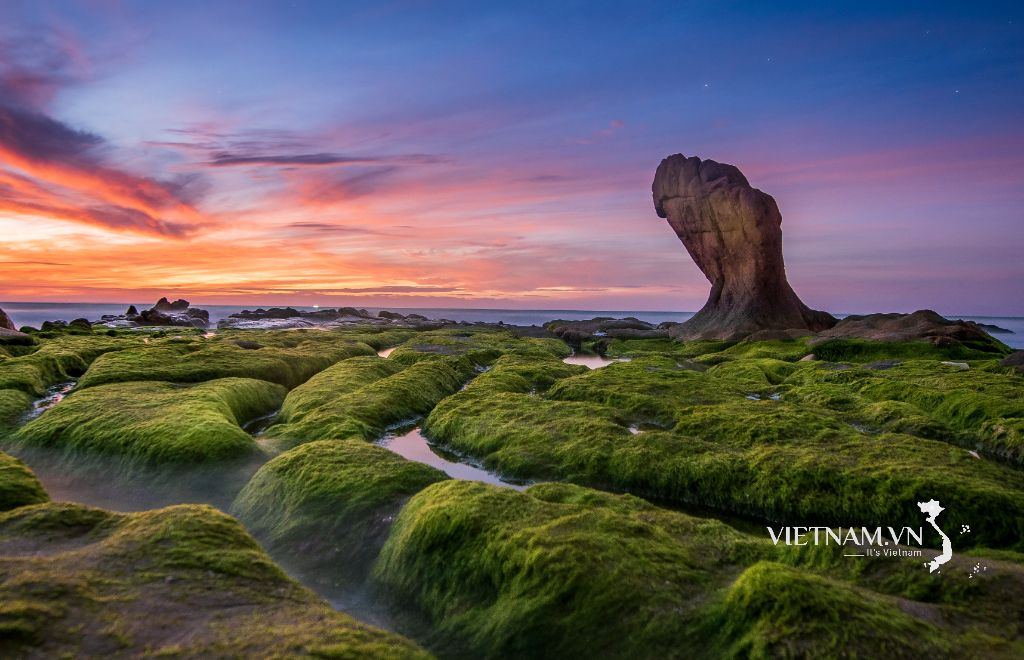

Comment (0)